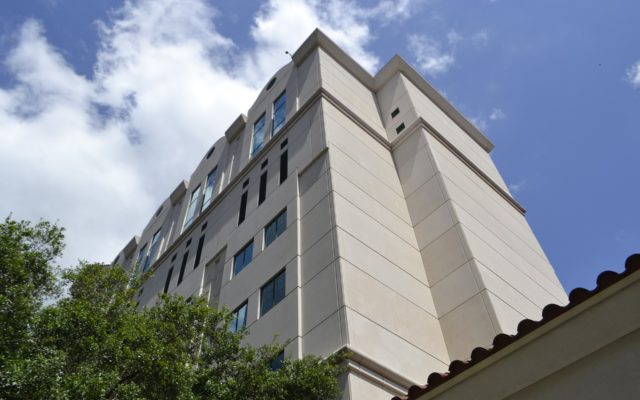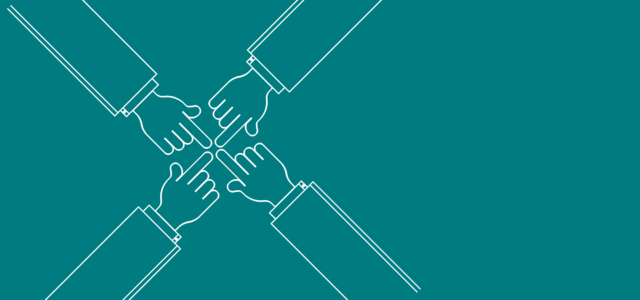If you’ve been visiting the doctor regularly, good for you! Some parts of the digital-first healthcare experience will already be familiar to you. But for those of us who might’ve let a few years go by without a routine checkup, some of technology’s impact on health care might take you by surprise.
Cloud technology has been especially consequential and helpful when it comes to providing health services and observing the related administrative requirements. Let’s take a quick look at why and how.
Cloud Computing Facilitates Faster Check-Ins and a Better Customer Experience
When you walk into a doctor’s office today, it’s quite likely you’ve already received a text notification confirming your appointment, you’ve electronically submitted some of the paperwork and patient history forms and you probably already know which health professional you’re there to see. You may even have had a video chat with them before making them your primary care physician or coming to them as a referral for a specific issue.
Cloud technology removes a lot of the tedium of patient paperwork — including checking in once they’re at the office — making everything pretty much a breeze. And it ensures the changes patients make to things like billing details using their insurance company’s web app are up to date next time they visit the office.
Electronic Health Records
EHRs — electronic health records — are now mandatory, according to federal law. Making this change was a sterling example of government and private industry working for a convenient, but also a customer-centric solution to a longstanding problem.
With EHRs, health care providers can use the cloud to call upon the complete available histories, including surgeries and medications, for each patient they treat. It means no faxing and no concerns over doctors grabbing the wrong file by mistake.
Naturally, with HIPAA and other regulations that touch the healthcare industry, security and privacy are top concerns. Health care providers have had to make infrastructure and hiring investments when it comes to bandwidth, uptime, network security, and IT personnel. Choosing to outsource IT staff is now both a boon to a health system’s security and a cost-cutting measure, for example.
The work has been worth it for the industry as a whole, however. Among the benefits already listed, this web of data infrastructure technologies is creating a way to accumulate and study the long, rich medical histories of millions of patients. That brings us to our second point.
Wearables and the Internet of Things
The consumer-level availability of portable and wearable technologies has forever changed how health professionals provide care.
Wearables such as step counters and smartwatches, along with other Internet-connected devices like smart scales and wireless blood pressure monitors, together represent a vast cloud network intended to gather as much data, as quickly as possible, about as many people as possible.
According to Fast Company, Apple Watch Series 4 didn’t secure final FDA approval for its new electrocardiogram monitor until the very last second. That’s how fast things are progressing when it comes to the ways we can measure and transmit health-related data. But now that it’s here, it represents an essential piece of a newly decentralized health care system. Many similar products from other companies are likely to follow.
What does this mean for doctors and patients? For doctors, the availability of this data is making it easier to render accurate diagnoses and spot anomalies in patient histories. To be sure, some of this data is white noise — but a lot of it has already been instructive even in smaller practices. Third parties already have tools available, based on health APIs from companies like Apple and Google, that let doctors and patients investigate historical data from wearables in a useful way.
It’s not just a faster and more secure way to exchange records. With a few more years of hardware advancements, it’ll likely lead to new ways to make advance diagnoses for diseases and forecast the likelihood of injuries.
Networked Computers Provide Modeling and Analytical Tools
Computing power is a vital commodity. It’s why there are multiple ways to donate some of your computer’s unused processing power to the cause of modelling diseases and iterating new attempts at a cure. It sounds far-fetched, but it’s not: Scientists have long relied on computer models to understand how drugs react with bacteria, for example, or even how specific cells undergo evolution over a rapid series of new generations.
Networking and cloud technology, not to mention high-speed processors, now make it possible for researchers to leverage an ever-larger pool of computing power for drug and disease treatment research. If you want a painless way to “give back” to society, research how supercomputers have become instrumental in fields like genomics, drug design, chemotherapy, immunotherapy and many other fields related to human health — and then consider firing up your old laptop and donating some processing power to Folding@Home, BOINC or a similar initiative.
Together, each of these technologies represents an industry in a state of transition. Changing something as personal as the doctor-patient relationship might sound scary, but incorporating new technologies will create many new opportunities for everybody involved to enjoy a safer, more accurate and less wasteful healthcare experience.
Article by channel:
Everything you need to know about Digital Transformation
The best articles, news and events direct to your inbox







